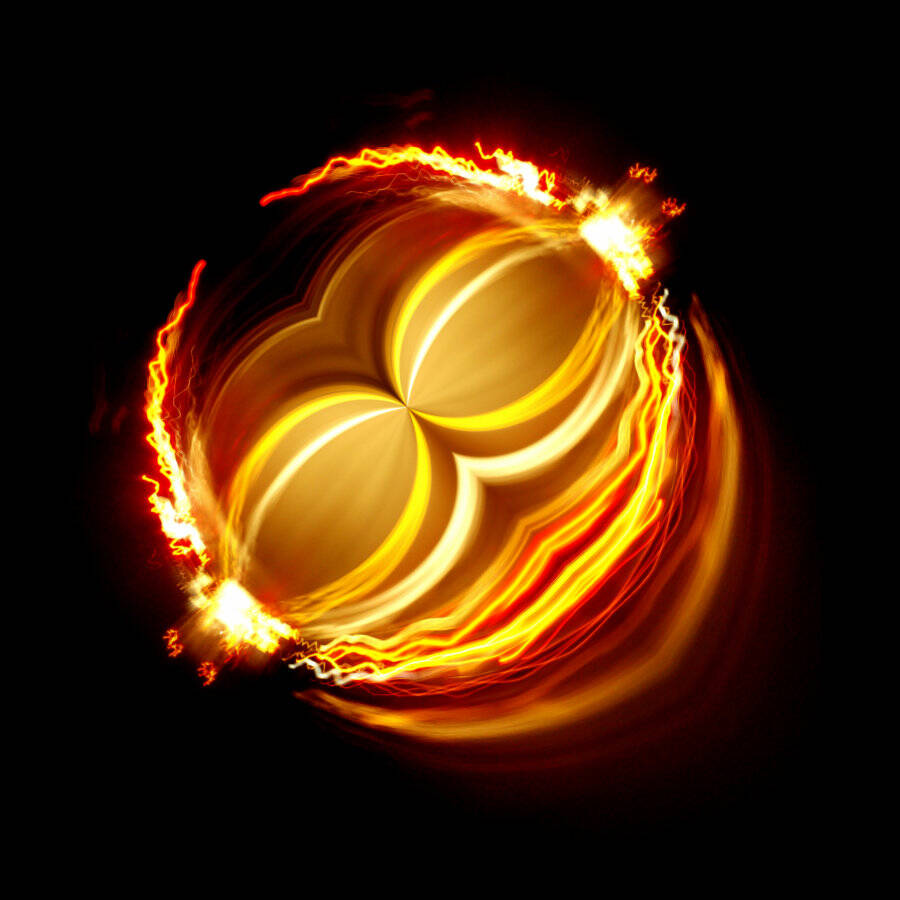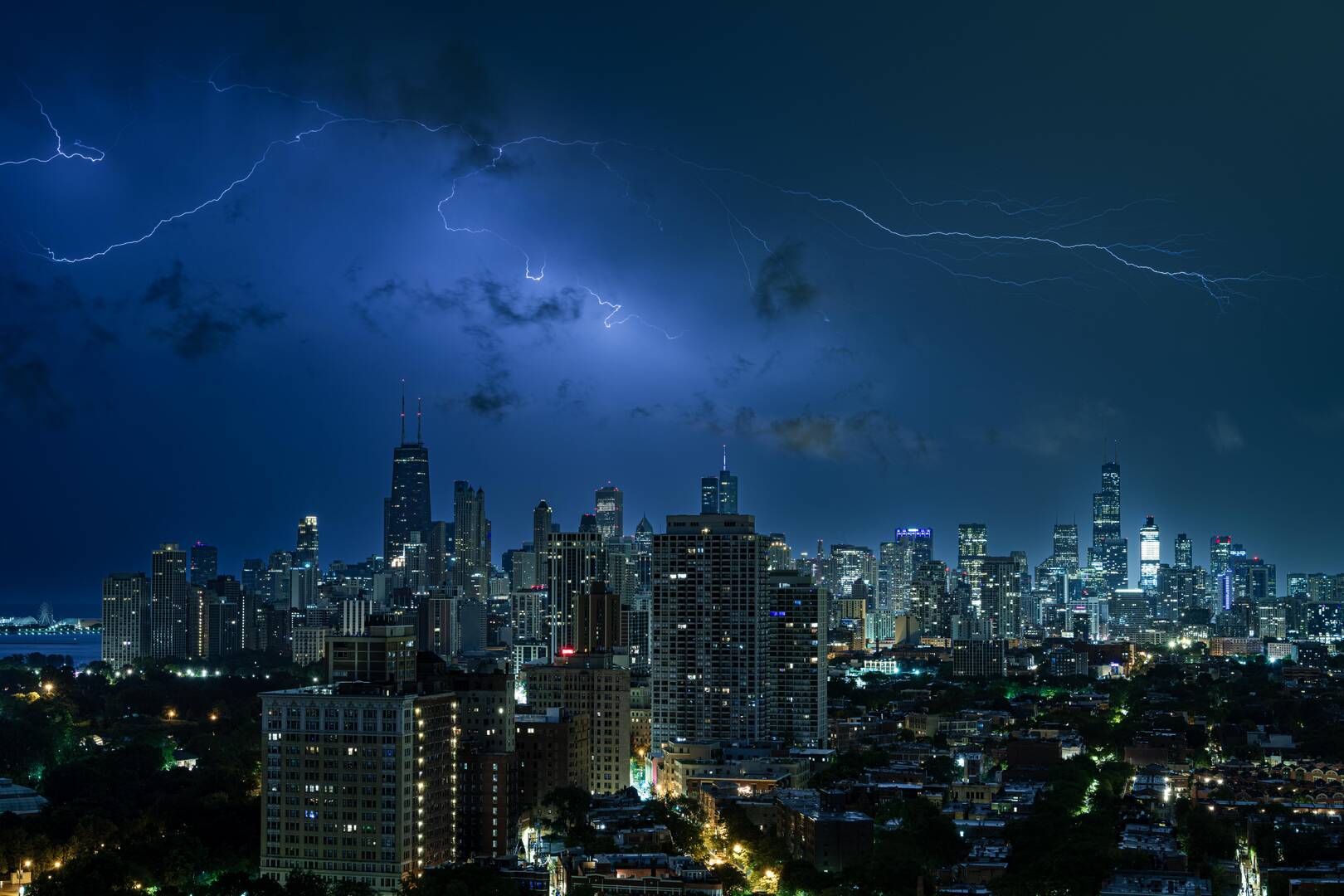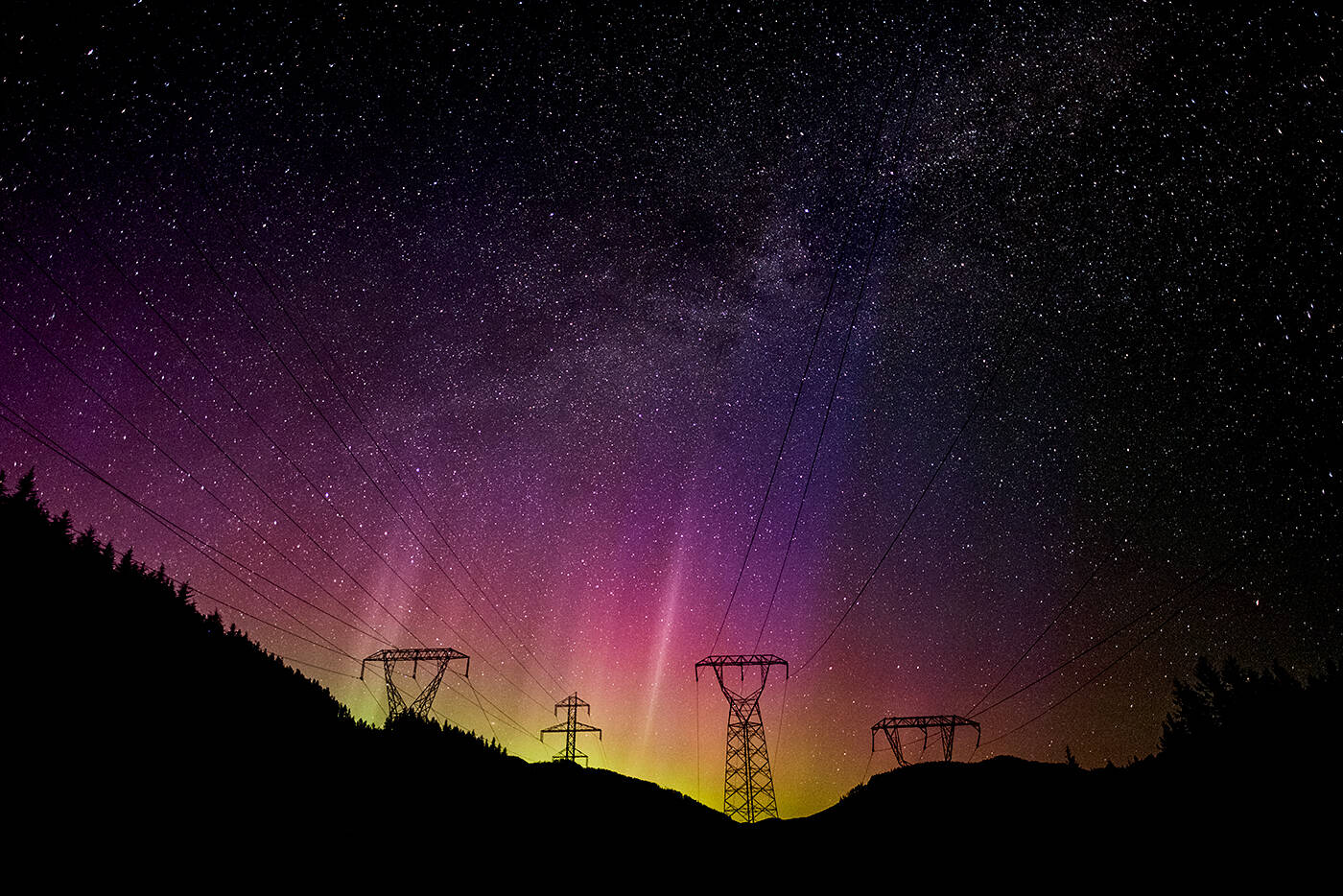A few days ago, I removed the last of the Sri Lankan leeches that were enjoying the exotic delicacy of my Czech blood. The water that had condensed inside my lens has finally found its way out. Now, there is nothing left to do but to start sorting the photos from my trip!
For the first time, I used my new Nikon 180-600mm in the field. It’s also the first time that I photographed nature in Asia. I love these “firsts,” don’t you? Everything is new and exciting, from the animals to the food. I can’t wait to share my experiences with you.
Before that happens, join me for a recap of what the past week has brought to the world of photography.

Recent Announcements
- Boryoza FX-Z AF Adapter: Nikon APS-C cameras have one major weakness, and that is the small range of native, APS-C specific lenses. The new adapter allows Nikon APS-C bodies to use the large range of Fujifilm lenses. Boryoza promises support for AF and automatic aperture, image stabilization, EXIF transfer, and future firmware updates. The thickness of the adapter is only 1.7mm. The price on eBay is $239, or €304.02 on Amazon.de.
- Panasonic Lumix G9 II Firmware Update: Panasonic announced an upcoming firmware update (Ver.2.0). For videographers, the new firmware will open up the possibility of shooting in 12-bit RAW. This will be possible via HDMI and a supported external Blackmagic or ATOMOS recorder. The new firmware will soon be available for download from the Panasonic support website.
- Canon also released firmware updates. And that’s for six of its cameras: the R6 Mark I and II, R8, R7, R10, and finally the R50. These updates don’t bring anything crucial, rather they address various compatibility updates and bugs. Available for download on Canon’s website.
- Tokina Cinema Vista-P Prime T1.5: These 18mm, 25mm, 35mm, 50mm and 85mm cinematographic lenses differ from the original designs. How so? Tokina has repositioned the optical elements inside the lens by adding more space between the glass surfaces. The result is an image with strong spherical distortion at the edges, resulting in softer, swirled bokeh. The lenses maintain high resolution in the center, but have lower overall contrast and corner definition. If you already have Vista lenses and want to get the vintage look, Tokina offers a “P” modification for $2,000. The new lenses are priced at $7,499 each (except for the 18mm, which is $8,999).
The Rumor Mill
Viltrox AF 27mm f/1.2 Pro XF to get Z-mount support
The third-party alternative for APS-C cameras is currently only available with the Fujifilm X-mount. Before the end of the year, however, the range of supported cameras will likely be expanded to include the Nikon Z mount. For the possible price of $545 (the current price of the X-mount version) you would get a very fast, weather-sealed lens with a focal length equivalent to about 40mm in full frame. Unfortunately, Nikon does not currently offer anything like this.
Via Nikon Rumors
First autofocus Laowa just before the announcement
Venus Optics, the maker of Laowa lenses, is expected to announce their first AF lens soon. This lens will be the Laowa 10mm f/2.8 C&D Dreamer. Ultra wide-angle lenses usually don’t make such demands on the AF, as the depth of field is so large. Still, this can be considered a breakthrough for Laowa, and hopefully we will see AF in their longer lenses soon.
Via Photo Rumors
Good Deals and New Sales
B&H Photo is still running their holiday deals. Many of the interesting discounts are short-lived, so I suggest checking their site from time to time to see if there’s something you might need. Currently, you can buy for interesting prices…
- Nikon Z8 (was $3,997, now $3,697)
- Nikon Z6 II (was $1,997, now $1,597)
- Canon EOS R6 Mark II (was $2,499, now $1,999)
- Sony a7 III (was $1,998, now $1,498)
- Panasonic Lumix S5 II (was $1,998, now $1,698)
- Nikon Z 70-200mm f/2.8 VR S (was $2,697, now $2,397)
- Canon RF 50mm f/1.2 L (was $2,299, now $1,899)
- Canon RF 85mm f/1.2 L (was $2,799, now $2,299)
- Apple 16.2″ MacBook Pro with M1 Pro Chip (was $2,699, now $1,899)
- Godox XPro II TTL Wireless Flash Trigger (was $89, now $69)
Other Pages of Interest
Science is exciting – not only through the act of discovery, but often visually as well. You can see this for yourself on the Royal Society website. This year, scientists submitted images in the categories of Astronomy, Behavior, Earth Science and Climatology, Ecology and Environmental Science, and Microimaging. You can see the beautiful finalists on that page.
In the polar regions, the sky can conjure up a very colorful palette. If you’re tempted to photograph the Aurora Borealis, some tips on how to photograph the Northern Lights can be found on our website. For inspiration, check out the best photos from this year’s Northern Lights Photographer of the Year.
Taking pictures in urban areas doesn’t inspire the most romanticism, but the resulting images can be very interesting. Animals in cities are often quite used to human proximity, which allows the use of shorter focal lengths and less expensive lenses. Plus, you probably don’t have to travel very far, and you can return to your chosen location again and again. Don’t know what to shoot? For inspiration, check out the 7 Project Ideas for Urban Wildlife Photography article on NatureTTL.com. And from our own archives, check out Photographing the Ubiquitous Urban Wildlife.
Photo Theme Challenge, Week #27
Last week’s theme was electric, and you can see the results in this thread. This week’s theme is blue hour, and you can submit your results in this thread by Friday, December 8.
Week #26 Results
There were so many good photos this week and it was hard to narrow them down! We’ll start with a great image by Ronald:

Can you tell what it is? Check the original thread for the answer!
Next up is a truly electric photo by Tom Pazol:

A beautifully captured image indeed, and a perfect fit for the theme!
Here’s one from Bhoward that made me look twice:

Would you believe that’s a photo of core memory, sewn by hand? It’s the precursor of today’s transistors.
Finally, as charles-e says, it’s “a mix of planetary and terrestrial electricity at work”:

Thanks to everyone who submitted their great images this week! Be sure to submit your blue hour photos if you would like to be featured next week.
Week 26 challenge was a fun one and think yielded some great contributions :)
I wonder how legit the Boryoza FX-Z AF Adapter is. It is the first time I am considering an adapter like that as I have a Z50 and might be interested in lighter weight Fuji lenses.
I am personally interested in this as well, Jason. I’ll try to get an adapter to give it a try.
Just curious if it was the 180-600mm that had condensation in the lens?
Yes, it was, Kevin. However, you have to consider that the conditions were indeed extreme. The heavy rain was replaced by sunny skies. And so it went all day. The humidity was extreme and I didn’t really care to protect the lens. At one point I took a picture of the last endemic bird species in the area that I missed and just a few seconds later I saw fog in the viewfinder. Like when someone breathes on your glasses in the winter. I expected I was done with shooting that day. Surprisingly, when the sun went behind the clouds and the temperature dropped a bit, the condensation disappeared from the lenses after about an hour. However, that didn’t change the fact that I was done shooting that day. This episode actually symbolically ended my photography in Sri Lanka. A much better ending than when I fell into a ravine during the last hour of the shoot in Colombia.
thanks for confirming. Interesting though. To quote your review, the lens “is sealed extensively against moisture” and somehow I was thinking that it wouldn’t suffer from things like this.
I have been in rainforests (Costa Rica) and very wet/windy environments (Iceland) with my 200-500mm and never had any issues but I guess my experience is probably less than 1% of yours, if I am bring honest, and I wonder (just to provide some context..) if you have had similar experiences with the (much more expensive) prime lenses, either F or Z mount? or any other lenses?
How do you clear condensation, don’t the seals also restrict that somewhat (just thinking aloud..) – silica gel packets? (what I used, just to be sure, in a bag with the lens, after use on wet days)
I just sold my 200-500mm, so will certainly be getting this lens when needed for a future trip.
The lens as a whole is not hermetically sealed like some binoculars. I can take the binoculars into the shower without worrying. I’ve only done this once with a lens. Coincidentally, it was in Costa Rica, which you mention. It was a Nikon 200-400/4 lens and it survived unscathed. The problem is that when humid air gets into the lens and the temperature/pressure reaches dew point levels, condensation forms on the lenses. This cannot always be prevented. There is definitely an advantage to an internal zoom that pumps less air into the lens. I’ve experienced something similar in the past with the Nikon 400/2.8 G (a very used piece from NPS) and even the Nikon Z 800/6.3. I remember the 400/2.8 took quite a while to dry out. At least half a day.